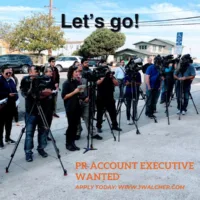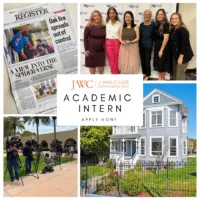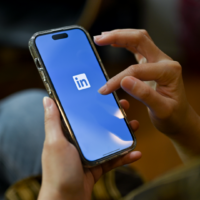LIVESTRONG’s PR Staff Talks Crisis

When Lance Armstrong confessed to Oprah Winfrey his life of illegal doping, we weren’t the only ones shocked and surprised. Just six days before, the two person PR team with LIVESTRONG Foundation, the cancer treatment organization which Armstrong founded, learned the news. They were still reeling when they came to tell their story to attendees at the PRSA Counselors Academy’s Spring Conference in Austin, Texas.
LIVESTRONG’s Katherine McLane, vice president, communications and external affairs, and Rae Bazzarre, director, communications and external affairs, told host Adam Winkler, a former PR pro and sportscaster at KEYE-TV in Austin, how they dealt with the challenge of handling such bad news. Many in the room – seasoned and successful PR pros – were moved by the obvious heartache these two professionals felt about the ordeal.
McLane and Bazzarre stayed perfectly, articulately and eloquently on message. We learned that Armstrong’s first step after the news broke was to visit LIVESTRONG’s headquarters to offer a “sincere and heartfelt apology.” The pair maintained that the Armstrong they knew was “ a person with sincere heartfelt devotion” to the many cancer-ridden, needy people that the LIVESTRONG Foundation helps.
Yet, LIVESTRONG was surely in trouble, and the PR pair were severely challenged to rescue the reputation and the work of the organization.
How do professional public relations pros manage one of the biggest, if not the biggest, sports celebrity crisis in the history of the U.S.? Some lessons from McLane and Bazzarre:
– Over the course of their ordeal, the team became subject matter experts, and learned you can whisper or shout, but don’t stay quiet
– With only six days of notice, their goal was to try to stay ahead and as much in control of the news as possible
– They found that allowing donors, supporters and friends to speak on behalf of the organization was more effective than a foundation spokesperson
– They became hyper-diligent about their messaging; they amplified stories of their everyday recipients of the foundation and stuck to the facts
– They didn’t consult with any extra crisis consultants; however, they used a firm to conduct research to gauge people’s feelings about the organization post-scandal
– They found that people still cared about, and trusted in the organization and believed there was too much equity in the name to change it, but they did decide to make a subtle change to their logo that emphasized the word “foundation”
– When Nike dropped Armstrong as a sponsored athlete, the PR team worked exclusively with an AP reporter to break the news in a more controlled manner
Lessons learned:
• Be proactive
• Take the high road
• Have only open and honest communication – internally and externally
LIVESTRONG is in the process of rebuilding its foundation. It continues the core of its mission: to help people with cancer get the support they need.
“The brand has become bigger than its founder,” said McLane.
To donate to LIVESTRONG, visit www.livestrong.org.



